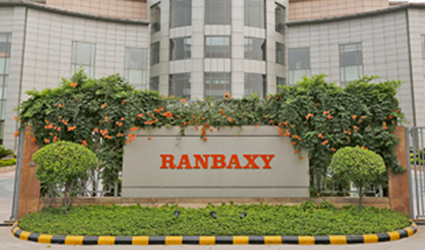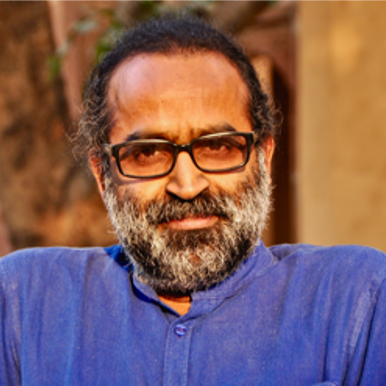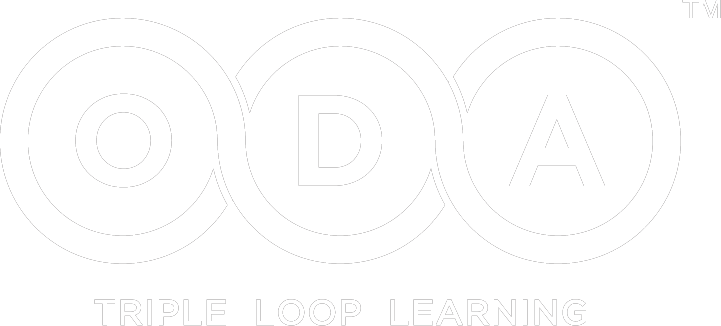An Ultrasound of Hidden Networks


Santhosh Babu
I met Karen Stephenson in 2007 at Baltimore, US, and again in San Diego the same year when she decided to teach a bunch of consultants, including me, how to map the invisible networks in organizations. Stephenson, 55 at the time, was energy and ideas beautifully packed in a 5-feet 2-inch attractive frame.
She taught me how to map the trusted networks in an organization, code tacit knowledge and drive innovation using the understanding of hidden networks. She mentioned how she helped J.P. Morgan & Company merge with the Chase Manhattan Corporation, IBM reengineer itself, and Hewlett-Packard Company foster innovation.
She was also helping the US Defense Advanced Research Projects Agency’s Information Awareness Office (the counterterrorism branch of the same government research agency that created the original design of the Internet) draw inferences about the weak links in Al Qaeda’s network.
With more and more mergers and acquisitions, restructurings and organization renewals happening in India, Karen’s and others work and the concept of social networks in the context of organizations-or what I call ‘organization Networks’-become important and relevant.
Formal structures and leaders remain an integral part of organizations. However, we must also develop the ability to look beyond the organizational chart to see, understand, and engage the informal, invisible structure supporting the organization. When we do that we can see multiple networks in action.
One could be a network that gets the day-to-day work done, another would be the social network within an organization comprising people who interact and meet socially. There could be another trusted network where one would go to get advice on career advancements and solutions for career issues.
Last year, I worked with a large Indian organization with a global presence where the top management had created a three-year ambitious aspiration. They assumed the formal reporting structures in the organization would be responsible in cascading the message of the three-year aspiration to the entire organization.
When I reached out to a large number of middle-level and senior-level employees, I found that the message of the stretched three-year aspiration has not reached to a large number of people. For effective information flow we will have to use not just the formal structures but also other possible networks in an organization.
At an individual level knowing and having an influence on the network is extremely important for every employee. Today, everyone in an organization can have access to content at the click of a button. You can understand your organization’s HR policies and other details in the intranet.
At a leadership level, it becomes more difficult to compete just on individual competency when everyone is highly skilled and experienced at the leadership level. So you need to have the content -the knowledge-and also the ‘context’ – how internal and external content is interpreted and integrated to convert them into new insights.
Creating competitive context is the ability to find, utilise and combine the skills, knowledge and experience of others, inside and outside of the organization-through employee networks or the social capital of the organization. Are you an isolated island with lots of knowledge or are you someone who is effectively using the context? There is a growing recognition of what makes employees successful at work. It is their personal expertise (Content) combined with their networks of professionals inside and outside the organization (Context).
Many good managers have an intuitive understanding of their company’s social network and know the web of connections nearest them. But when it comes to understanding things on a companywide level, Stephenson warns, intuition is not enough. A manager needs hard data to put the puzzle together.
So how do you identify the networks in your organization? How is the company connected internally? Are the critical people/teams/projects connected? Is information flowing between these entities? Is knowledge being exchanged? Some of the key people in the organization you could map and are mentioned by Karen are:

1). The Hub: Hubs are directly connected to many people. They are socially active within an organization. They tend to know everyone and are constantly seeking and disseminating information. They’re compulsive communicators; if you tell something to a hub, soon the entire organization will know about it. In the diagram above you can see the hub has maximum number of connections.
2). The Gatekeeper: Gatekeepers hold the keys to specific parts of an organization and groups of people. They must be accessed in order to receive certain information. Gatekeepers can be intense obstacles to change or tremendous supporters. They can connect two networks and allow the information to flow and stop it. You can see the Gatekeeper in the diagram above.
3). The Pulse taker: Pulse takers are the most covert of the three roles. Their claim to fame is that they are indirectly connected to a great number of people in the organization. They tend to have their fingers on the pulse of the organization. Without much effort, they can filter through information to tell you what’s really happening in the company.
“The trick is to balance the hierarchy-the clear line of command-with the more tribal trust relationships that exist within a healthy network,” Stephenson says. “Hierarchies can neutralize networks, and networks can unhinge hierarchies. In the end, one does not work well without the other,” she told us.
How do we map these people in a huge organization? The good news is that there are simple software programs that could do this. But when it comes to making sense of the networks in your organization, it’s not the software but the way an expert can make meaning out of the data emerges is more important. I once mapped the hidden networks in a large Indian publishing company and identified the Hubs, Pulse Takers and Gatekeepers. Two years ago another Indian publishing company bought this publishing company and I saw that many key players I had mapped in the network had left the newly merged organization. Imagine how much tacit knowledge is lost in a merger if the key players in the network move out.
Hierarchies promote evolutionary change, while networks spark revolutionary innovation. Networks can accelerate change dramatically – or resist it obstinately and invisibly. A big problem in mergers is that hierarchies can be engineered to fit together, but it’s the networks that drive cultural differentiation and separatism, and represent a challenge to merging successfully. So should Sun Pharmaceutical bother about the hidden networks in Ranbaxy and use them effectively? Of course yes, that’s how they can make integration and transformation happen faster.
Please click here to download the latest OD PUBLICATION.

